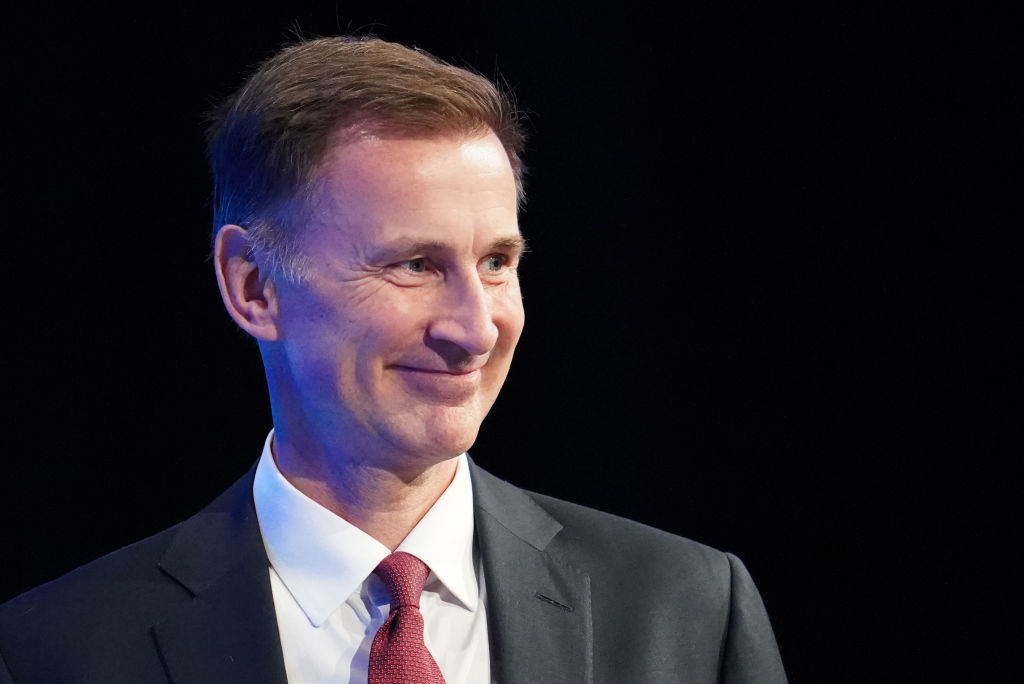Plastic Logic, the e-reader developer, has finalised its fundraising deal with a state-backed Russian investor signed late last year and is embarking on plans for a $700 million (£437.2 million) production facility.
Plastic Logic, the e-reader developer, has finalised its fundraising deal with a state-backed Russian investor signed late last year and is embarking on plans for a $700 million (£437.2 million) production facility.
The project involves building a factory for Plastic Logic’s next-generation plastic displays in Zelenograd, Russia, that will employ more than 300 people, according to a statement from the company.
Under the deal, the Russian Corporation of Nanotechnologies (Rusnano) has agreed to commit an initial investment of $150 million in Plastic Logic, and provide partial guarantees for debt financing worth $100 million. Plastic Logic’s lead venture capital investor, Oak Investment Partners, will contribute an additional $50 million as part of the investment plan.
Rusnano also plans to raise additional equity and debt of about $400 million with the aim of establishing a commercial electronics industry in Russia, the statement adds.
Plastic Logic’s e-reader is not currently available on the commercial market.
Scheduled for production starting in 2013/2014, the Zelenograd factory will have the capacity to produce hundreds of thousands of units of displays each month. Plastic Logic will continue to base research and development in Cambridge, England, as well as maintain a commercial factory in Dresden, Germany and corporate headquarters in California, USA.
Plastic Logic chief executive Richard Archuleta comments: ‘We evaluated multiple locations and potential partners across the globe for our second factory. We determined Russia with Rusnano as an investment partner was the best fit for our business.’
Rusnano Managing Director Georgy Kolpachev adds: ‘This is an unprecedented investment of close to a billion dollars in the future of plastic electronics to help create one of the largest commercial centres for it in Russia. This investment signifies the potential that we see in the future of plastic electronics across a variety of commercial and consumer products.’





